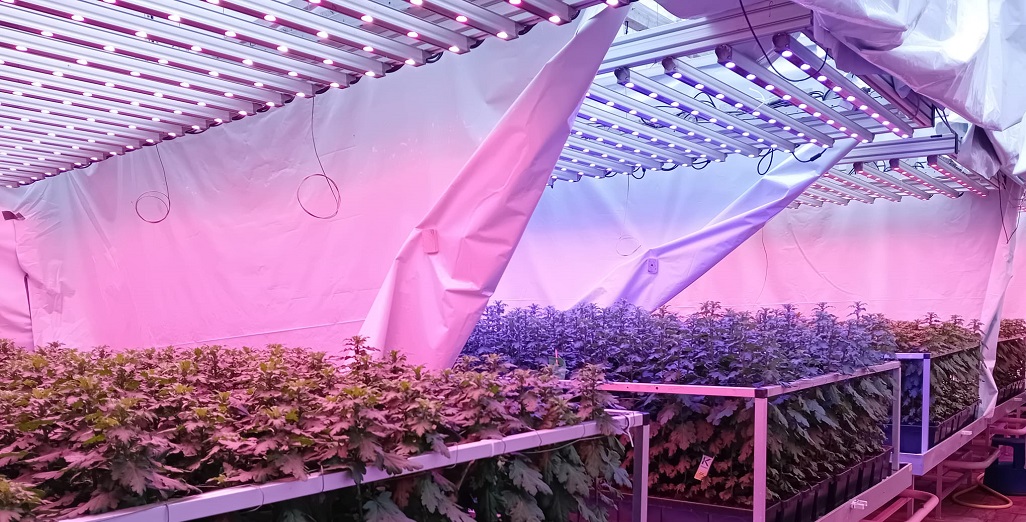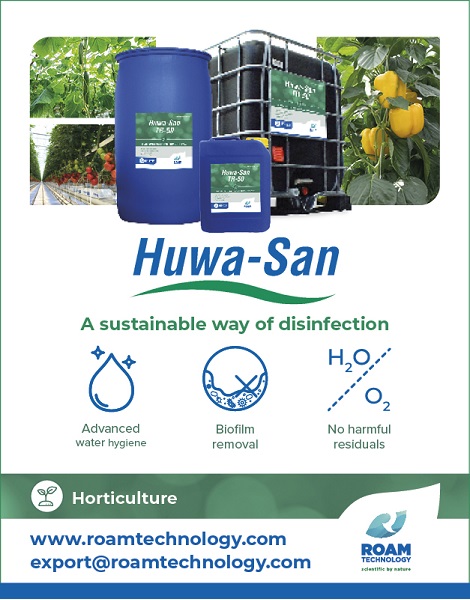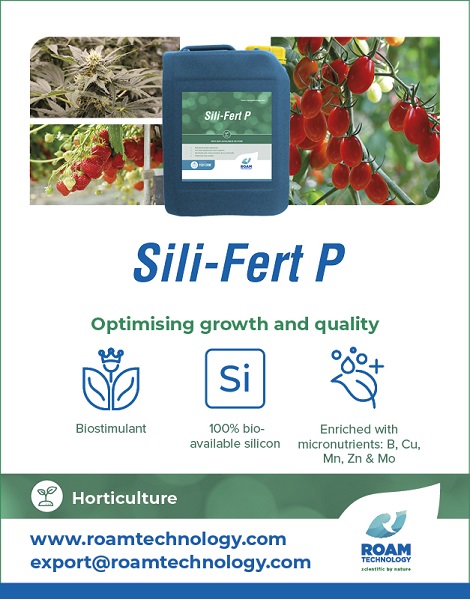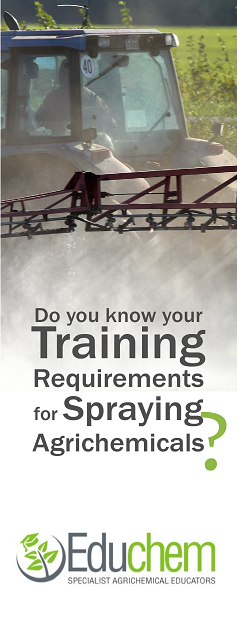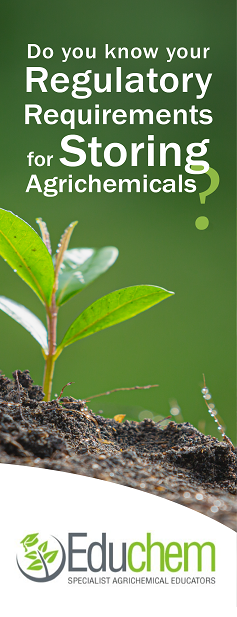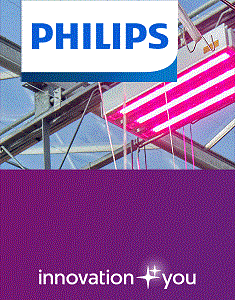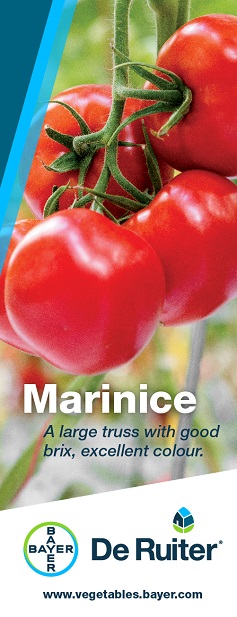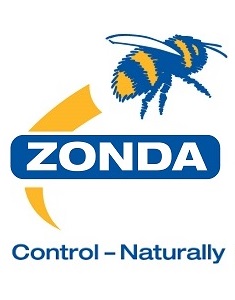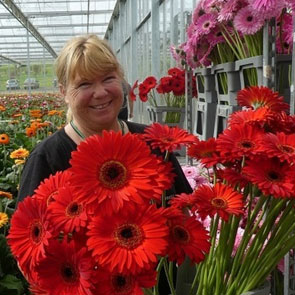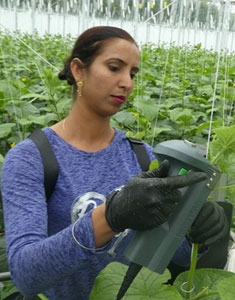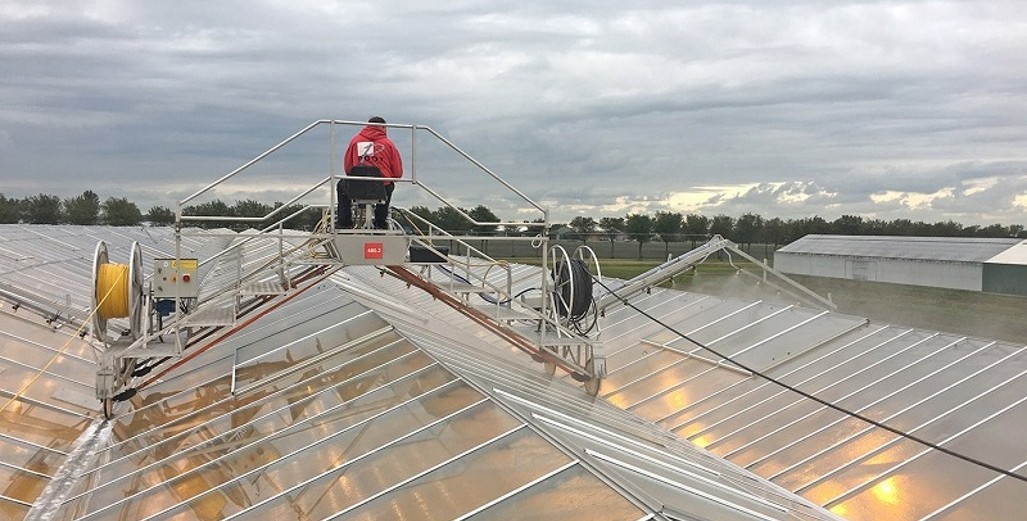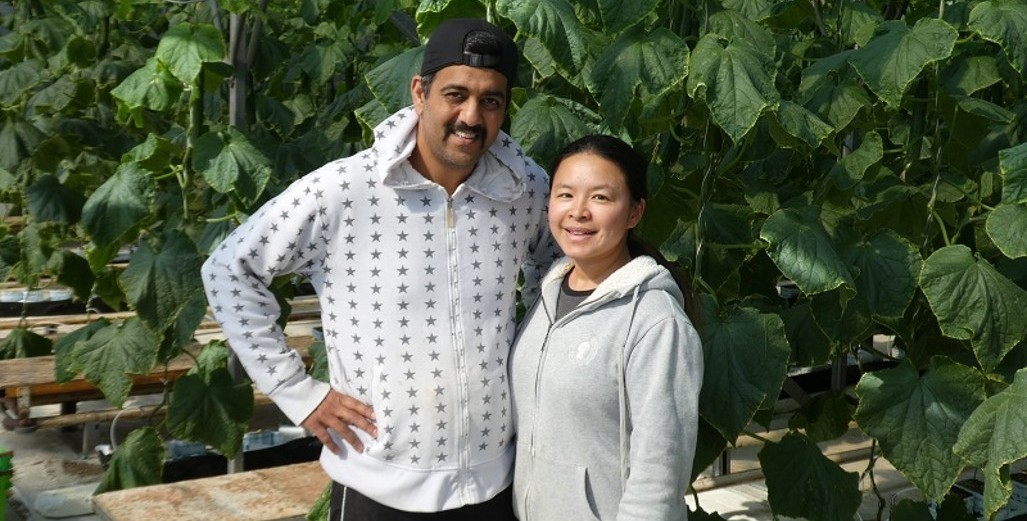Sign up here to subscribe to the Grower2grower Ezine. Every two weeks you will receive new articles, specific to the protected cropping industry, informing you of industry news and events straight to your inbox.
May 2022
Do you drop your leaf on the ground?
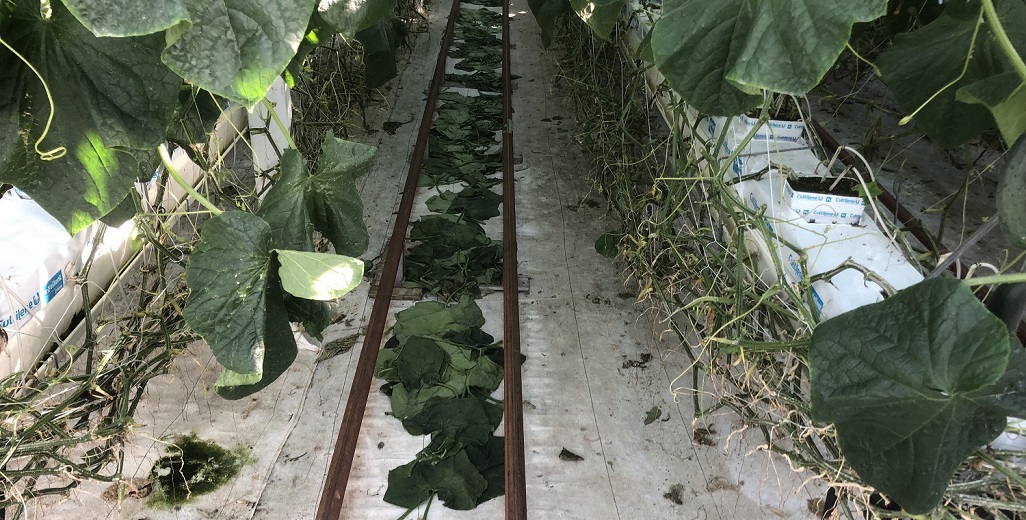
The Advantages and Disadvantages
This year has been a tough one for growers, finding staff is just one of the issues they are facing. Until RSE workers, students and backpackers return, to pre-covid numbers, this issue will continue.
Growers have felt the pinch, especially large employers with costs of inputs, such as seed, fertiliser, and fuel, increasing by between 20% and 50% over the past few years. We need short and long-term solutions to help ease the labour shortage issue. One potential labour-saving solution is removing leaf, from the plants, and dropping them on the greenhouse floor.
Personally, I was never in favour of dropping my (tomato pruning’s) leaf on the ground, I preferred to remove them from the glasshouse primarily from an aesthetics perspective. I convinced myself that by removing leaf, it would make it easier to walk down rows and there was less chance of unhatched whitefly eggs hatching. I thought leaving the leaves on the plants was detrimental to fungal pressure. To be fair I thought I made a fair case for removing the leaf but, it was not cost effective.
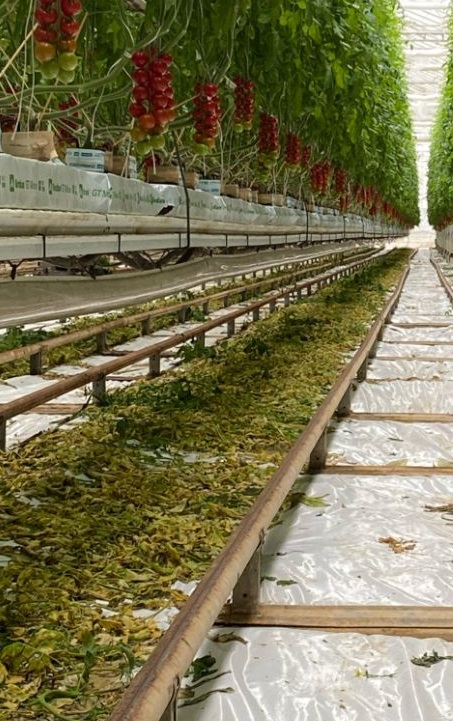 In every greenhouse there may be physical reasons why you should or should not remove the leaves. If you have elevated grow-gutters there would be no reason not to place the leaf under them. The whitefly argument was unsubstantiated as most of the eggs, if not all, had hatched by the time the leaf pruning took place. The only caveat to that is if you are leaf pruning high to deliberately remove un-hatched eggs from your crop.
In every greenhouse there may be physical reasons why you should or should not remove the leaves. If you have elevated grow-gutters there would be no reason not to place the leaf under them. The whitefly argument was unsubstantiated as most of the eggs, if not all, had hatched by the time the leaf pruning took place. The only caveat to that is if you are leaf pruning high to deliberately remove un-hatched eggs from your crop.
For the fungal side, once you have leaf mould in your crop it is extremely difficult to ever be free from it so either choose a variety with strong resistance or drop sulphur on your pipes. Now I don’t see a huge advantage in removing the infected leaf from your crop. In conclusion I believe the cost/benefit is in favour of dropping the leaf on the ground – it is so much faster, there is less waste management to deal with and it is a huge time saver.
For cucumber growers I suggest dropping the leaf on the ground, letting it shrink and then sweeping if up to remove. I don’t recommend leaving cucumber leaf in the greenhouse long term as it breaks down too quickly, can be slippery to walk on and smells repugnant.
For capsicums or eggplants, it is simply a case of understanding the drawbacks to leaving the leaf on the ground.
I am interested in every point of view – my view not everyone will agree with, but it is worth considering.
Article written and compiled by Stefan Vogrincic
All Article’s checked and edited by Marie Vogrincic
I appreciate your comments. Please feel free to comment on the grower2grower Facebook page:
CLASSIFIED
Photo
Gallery
Subscribe to our E-Zine
More
From This Category

Ground cover: woven weed mat or solid plastic… or both?
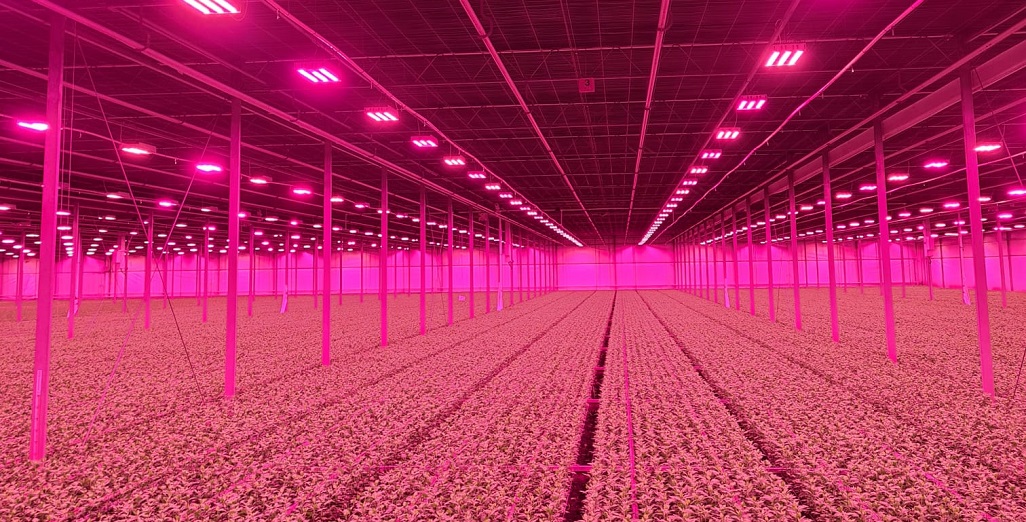
Integration of Philips GrowWise control system with climate computer allows Huisman Chrysanten to light more effectively and efficiently
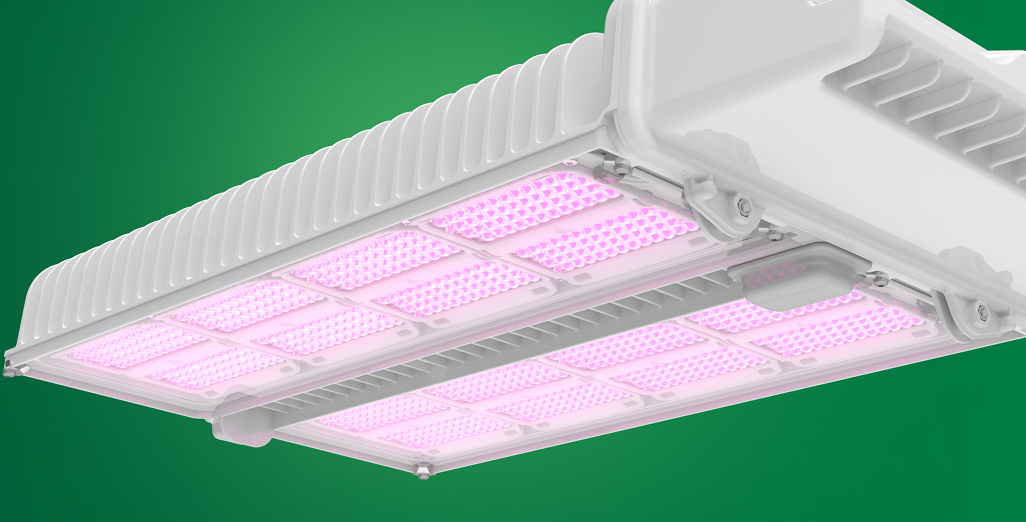
New Philips GreenPower LED toplighting force 2.0

Condensation re-visited
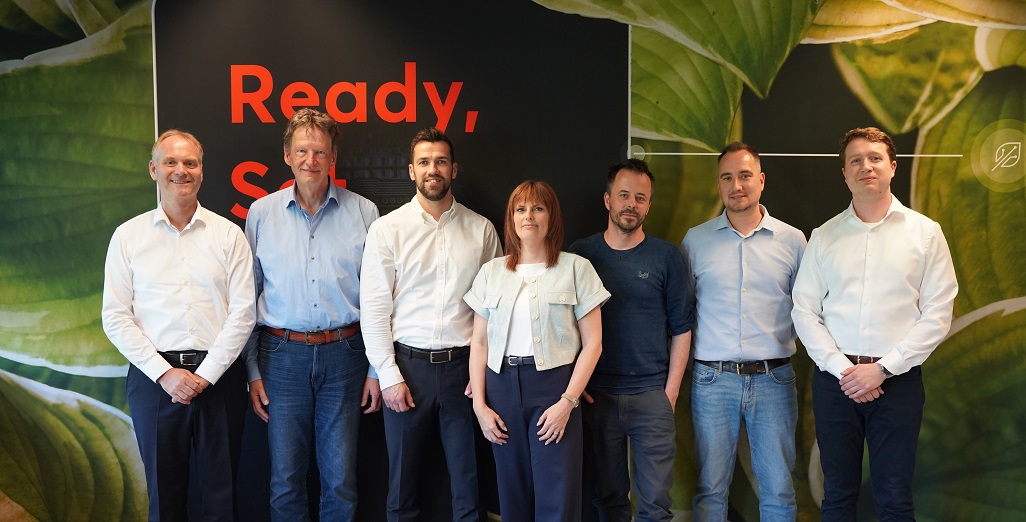
Philips GrowWise Research Center to test and showcase intelligent lighting
